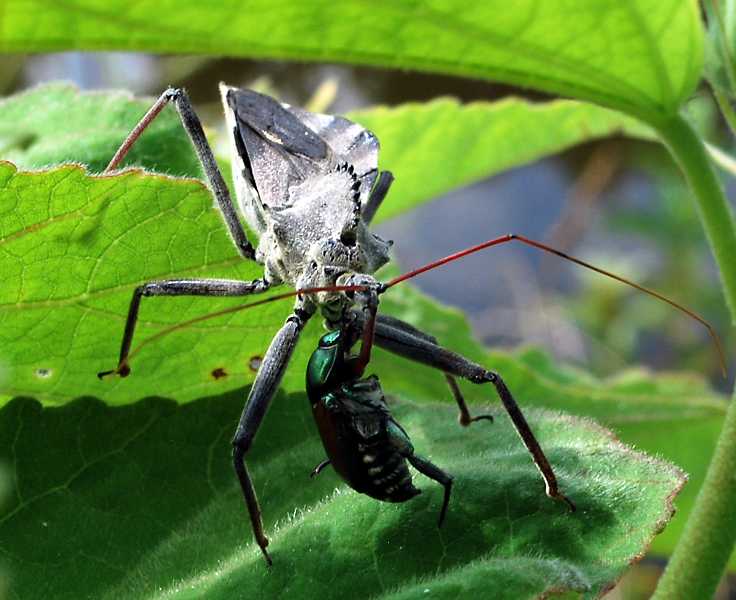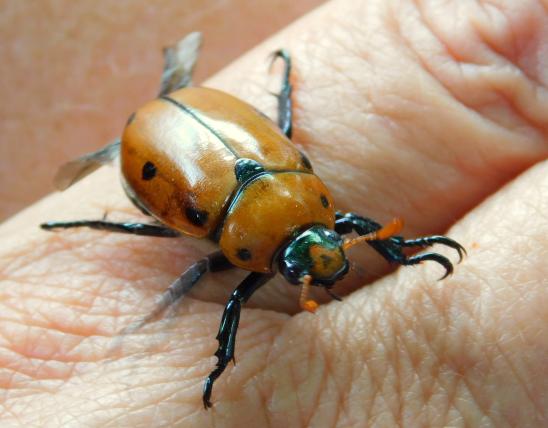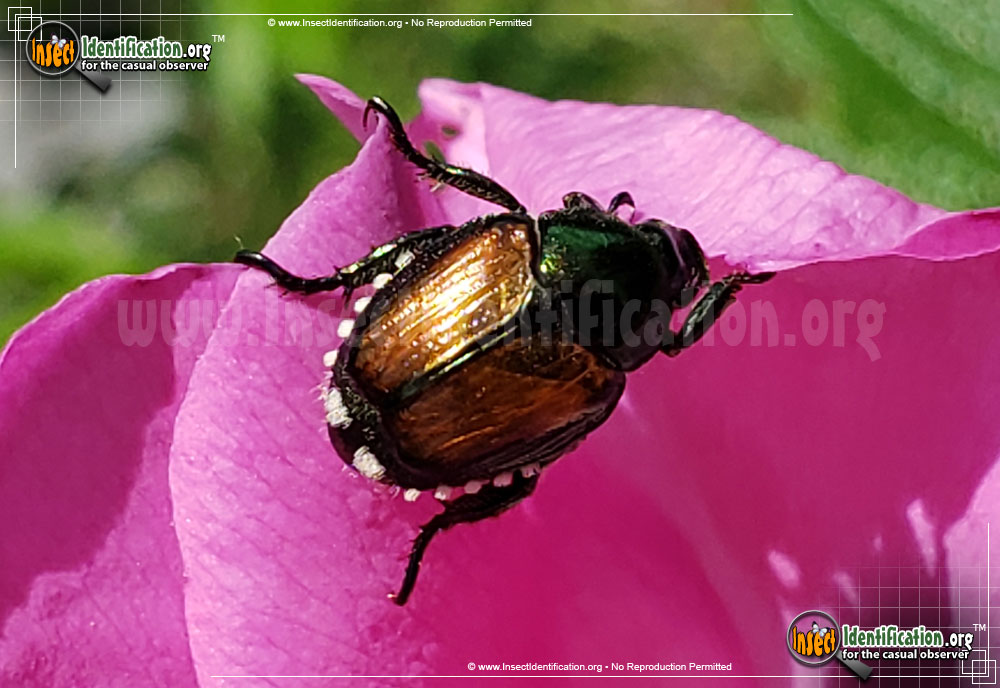japanese beetle life cycle in missouri
The Japanese beetle Popillia japonica has emerged to wreak havoc on your shade trees. The Japanese beetle life cycle.
This fact sheet describes the invasive Japanese beetle JB and lists vegetative hosts that can be affected by JB including ornamental plants trees shrubs turfgrass and vegetables.

. Eggs are laid in moist sod near the soil surface July through August. Homeowners encounter Japanese beetles during the early summer months as the beetle adults fly and gather in clusters to feed upon plant leaves consuming the soft leaf tissue between the. If placed next to a rose bush Japanese beetles will be attracted to that area and may land on the roses rather than in.
Native to Japan Japanese beetles are an invasive species that was first detected in the. Adult beetles are metallic green with brown wings approximately 5-7 mm wide and 8-11 mm long Figure. How to Recognize the Japanese Beetles Life Stages.
When Japanese beetle grubs are sufficiently. Japanese beetle are distinguished from native beetles by the presence of. The eggs hatch into white grubs in ten days to two weeks or longer depend- ing on soil temperature.
They are established throughout Missouri and are a key pest to field and specialty. Japanese Beetles Popillia japonica Newman emerge from the soil from June to August. Acelepryn and Intercept are good at killing Japanee beetle eggs.
Japanese beetles have an annual life cycle. Japanese beetles overwinter as a partially grown grub in the soil below the frost line. The problem occurs when Japanese beetle traps are placed incorrectly.
Peak Japanese beetle population typically occurs in late July. Shortly after eggs hatch and the larvae burrow underground. Is necessary for the completion of the entire life cycle.
Japanese beetles have been established in other parts of the Great Lakes region for decades and people. Joel Floyd USDA APHIS. These beetles have a bright appearance due to their color combination a metallic green head and thorax and a copper-colored elytra partially covering.
In Connecticut this insect has been found in almost all parts of the State. The adult Japanese beetle is a little less than half an inch long and has a shiny metallic-green body with bronze-colored outer wings. The grubs resume feeding on grass roots in the spring and then pupate near the soil surface.
These pesticides act as preventatives that will kill Japanese beetle eggs before they are able to hatch into.

Biology And Management Of Japanese Beetle G7412 Mu Extension
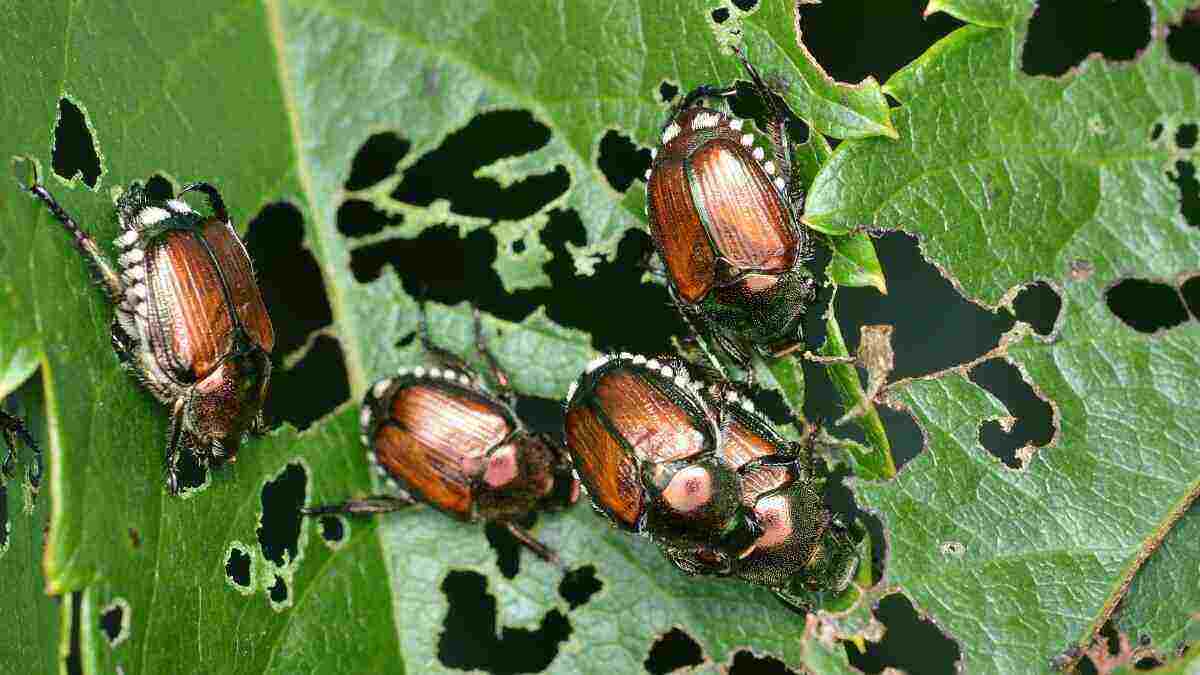
How To Get Rid Of Japanese Beetles In Your Yard

Japanese Beetles Stop Them In Their Tracks Simplify Gardening
/Japanese-beetle-GettyImages-685100867-58b88c463df78c353cc0fad5.jpg)
How To Control Japanese Beetles In Your Lawn And Garden
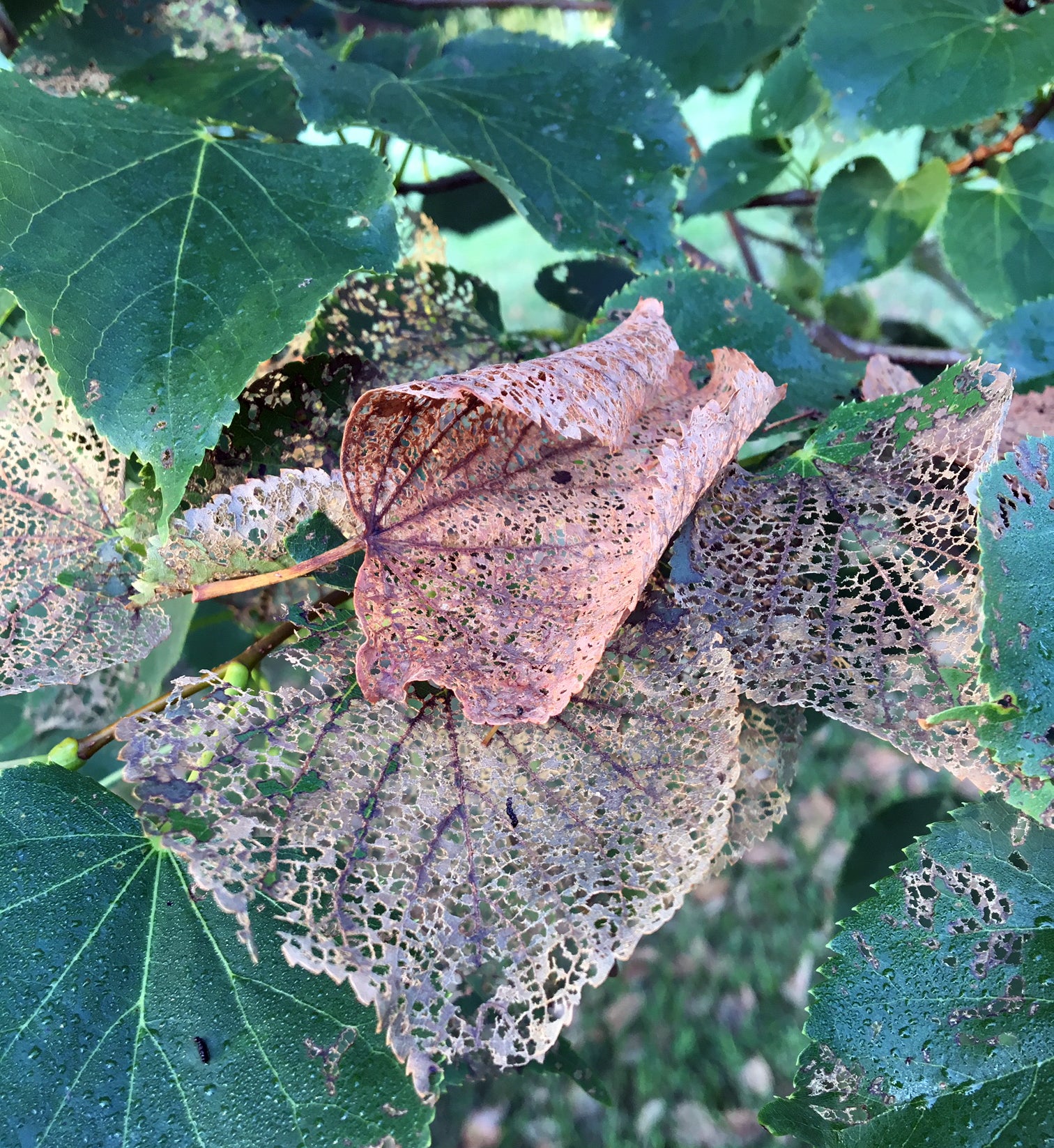
Japanese Beetles Missouri Department Of Conservation
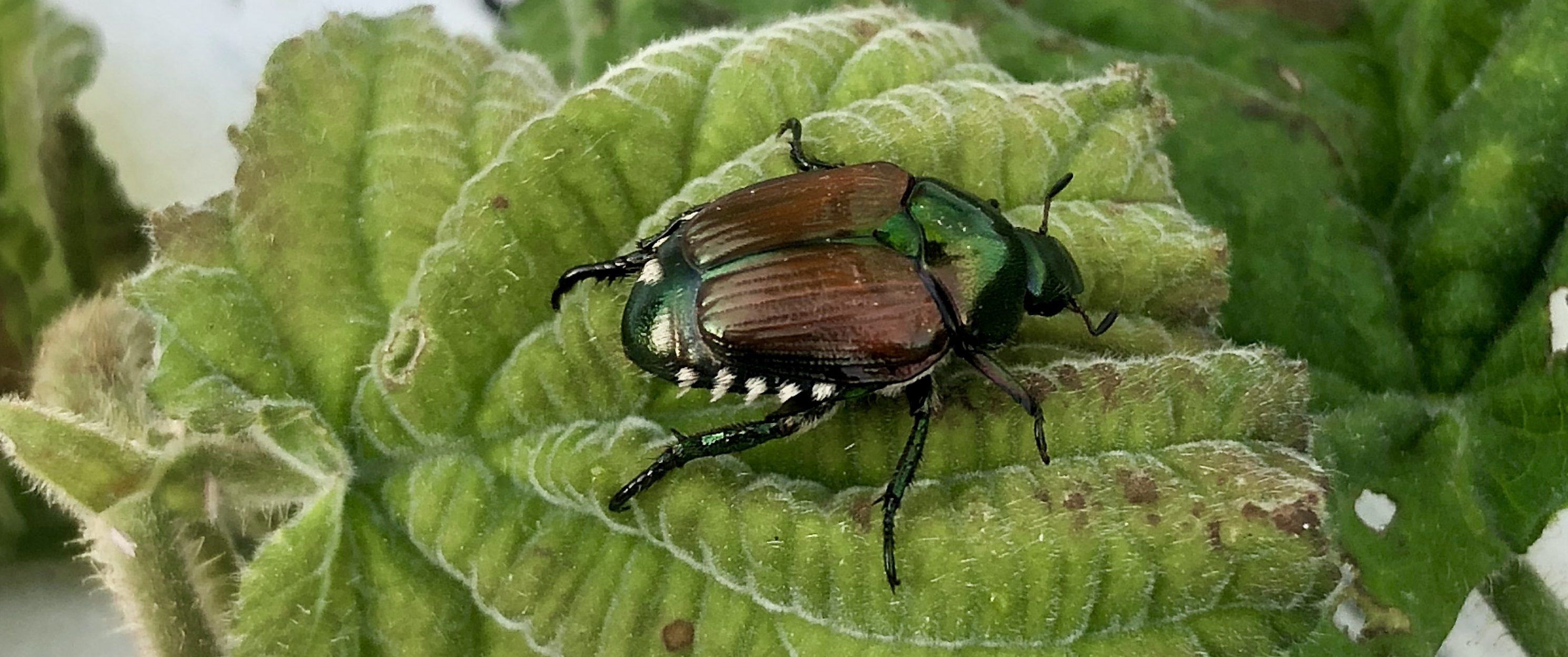
Japanese Beetle Control The Good Earth Garden Center
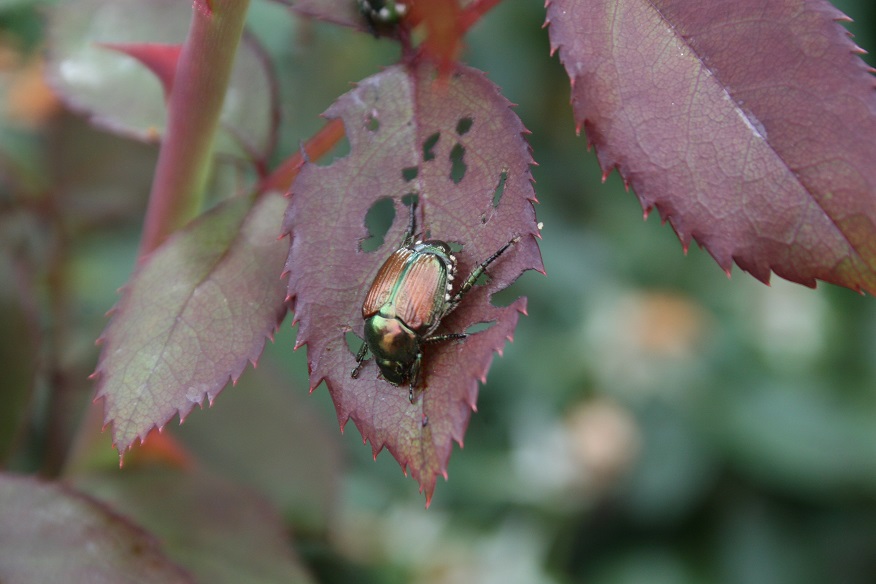
Japanese Beetles Extension Entomology
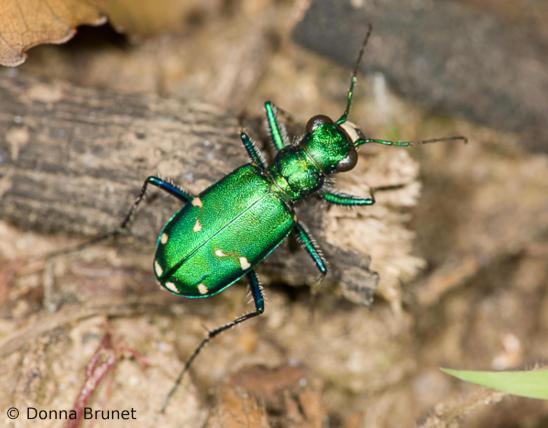
Japanese Beetle Missouri Department Of Conservation

Master Gardeners Of Greene County Springfield Mo Japanese Beetles Have Arrived In The Ozarks Time To Mount A Defense Article From The Archives Springfield Mo Japanese Beetles Have Arrived
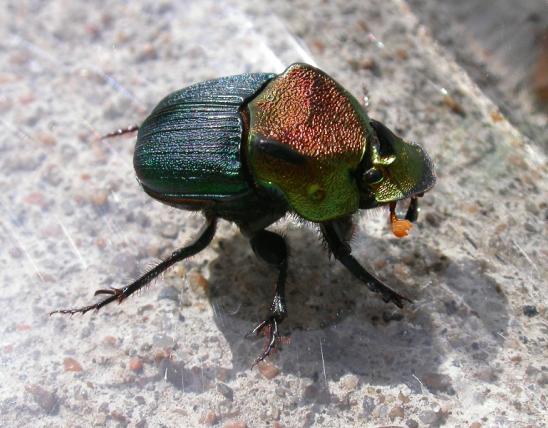
Japanese Beetle Missouri Department Of Conservation

Missouri Beginning Farming Green June Beetle Can Damage Fruits Vegetables

Japanese Beetle An Emerging Pest Of Fruit Crops Fruitedge

First Report Of Japanese Beetles In Missouri This Season American Vineyard Magazine
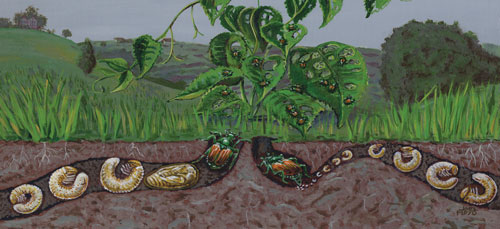
Japanese Beetle Popillia Japonica

Japanese Beetle Missouri Department Of Conservation
Extension Outreach Crop Sciences Department College Of Aces University Of Illinois

Bagging The Bug New Netting System Could Help Eliminate Japanese Beetles Agriculture Columbiamissourian Com
